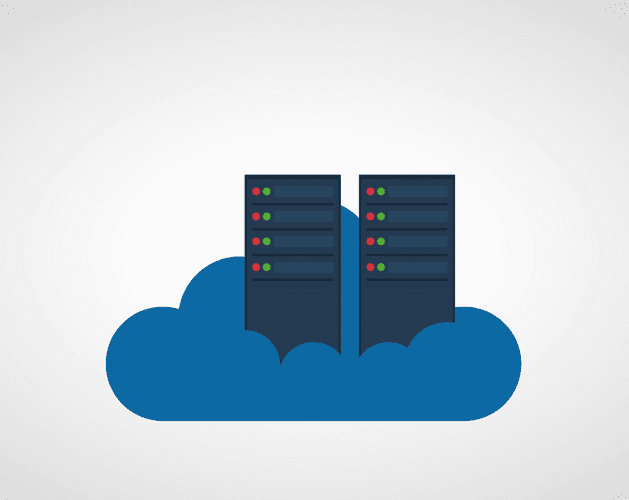With the ever increasing adoption of cloud and the growing pressures on IT departments to deliver greater tangible business benefits, it's becoming more of a challenge to support traditional three-tier infrastructures. So perhaps it's no surprise that so many are drawn to the ability of a hyperconverged infrastructure (sometimes shortened to HCI) to simplify the management and support of infrastructure and deliver greater agility.
What is hyperconvergence?
Traditional IT infrastructures are made up of a number of servers connected to shared storage devices, via dedicated switches to create a Storage Area Network (SAN). This three-tiered architecture typically incurs a significant overhead to store, maintain, support, power, and cool. Most organisations will traditionally replace this stack of infrastructure – in its entirety – every three to five years, mainly because it becomes more cost effective to procure new hardware than to extend support.
Hyperconvergence collapses these three tiers into a single 'software defined' node. It's much denser and means you only have to maintain and manage a single layer of hardware with a reduced footprint (think power and cooling). However, that’s the least of the benefits.
Automation Saves Time
The element of hyperconvergence that often offers most value is the automation of the infrastructure management layer. In a more traditional setup, there are many configuration constrictions which complicate maintenance, expansion, and support. Modern business means smaller IT departments trying to meet bigger demands. As well as taking less time to install and maintain, hyperconverged technology uses software that automates management of storage and compute resource so your IT department can focus their time and energy on applications and development instead of managing your infrastructure.
Modularity Saves Money
Most organisations find they need to replace their entire IT infrastructure every three to five years. That's a huge regular expense – and an unnecessary one. It also involves over-provision of infrastructure: buying based on what you think you might need over the next five years, rather than what you actually require, essentially paying upfront on day one for an idea of how the business may grow or perform over the next five years.
Hyperconvergence, by contrast, is modular and scalable. You buy what you need today and, as your business needs grow and change, you can simply add more nodes when required. You can also gradually replace old servers which are at the end of support as the years go by, allowing for a non-disruptive upgrade and ensuring you've always got the latest technology with the smallest footprint and the lowest cost of ownership.
Flexibility Makes You Agile
This modular, conveyor-belt style of architecture can make your business much more agile. There's no need to limit your growth or aspirations because of inflexible IT provision; if your business makes an acquisition or suddenly needs to develop a new style of app, you can simply bolt on additional infrastructure to meet your new requirements. Hyperconverged infrastructure gives you the added security and peace of mind of having on premise hardware with a cloud-like 'pay as you grow' architecture that can scale up when required.
Hyperconvergence is undoubtedly modernising how organisations and IT departments work, saving time and delivering greater value. So how can you start moving towards a hyperconverged infrastructure? Our dedicated team of Datacentre & Infrastructure specialists are here to help you understand which technologies would be best suited to your environment and how it can work with your infrastructure. Simply get in touch using the form below or contact your Softcat account manager to get started.

